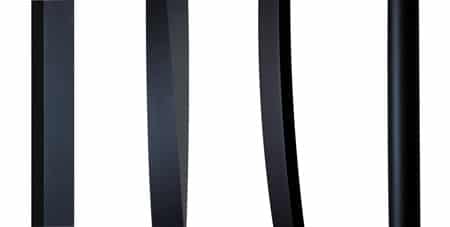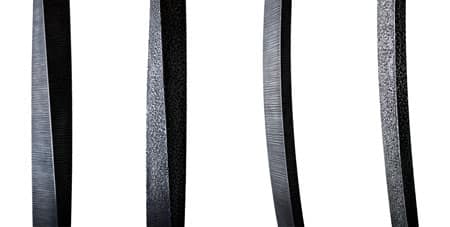2024 Modern Home Design

Modern design has developed over the past decades into one of the most sought-after and luxurious types of architecture. Modern architecture challenges the norm, breaking away from the anatomy of a traditional home. The aesthetic value of a modern house lies in various characteristics, such as the use of space and geometry.
The terms modern and contemporary are often used interchangeably. Although aesthetically similar, these terms have different functional meanings. Contemporary is a term that describes the ever-changing design trends of the day. Contemporary design does not correspond to a particular style or historical period but describes the evolving design trends at the time. On the other hand, the term modern is a specific design style characterized by linear and minimalistic features. This distinction is valuable to keep in mind when researching home design choices.
Modern design is clean, organic, and sophisticated. Materials such as wood, metal, rock, and glass are creatively combined to produce striking compositions. The following are a few defining features of modern home design that differentiate it from other styles.
Minimalism
A significant feature of modern home design is based on the concept of minimalism. Intentional simplicity encourages every design choice to have a purpose. The strategic use of negative space invites accent pieces and highlights pieces in the foreground.
Freeing one's self of physical clutter translates to the alleviation of mental clutter. Understandably, minimalism has been integrated into lifestyle and design. Furthermore, the use of innovative and eco-friendly building materials is largely inspired by minimalism. Minimalism is undoubtedly at the crossroads of utility and sophistication.

Clean Lines
Geometric shapes and clean lines constitute modern architecture and design. Linear construction makes for sharp edges and clean corners. This gives modern homes their iconic angular appearance. Symmetry, as well as asymmetry, are used strategically to create a balanced and interesting appearance. Flat planes and straight lines characterize the interior and exterior design of a modern house.
Natural Light
Similar to the open-concept layout, the modern home design aims to unite. Many modern homes feature high visibility and bouts of natural light. Large windows and walls made entirely of glass allow natural light to fill the home. The incorporation of natural light compliments the open concept floorplan, minimalistic edge, and neutral color palette.

Open Concept
The open concept design brings together traditionally separated and individual areas of the home. Less rigid walls and more open space create not only a distinct look but also a distinct feeling. Open-concept floor layouts make the home feel less constricted and more flowing. The kitchen, living room, and entryway are areas of the home that are often brought together in modern homes through this open-concept layout.
Neutral Tones
Neutral colors and textures characterize a modern house. Beiges and light greys are very common, creating a serene appearance and the perfect backdrop for accent pieces. Some of these pieces may include an accent table or front door. Wood and metal are also materials commonly used to add an organic or industrial touch. The neutral color palette for modern homes differs from the brighter colors seen in mid-century house designs.

Modern home design has distinct features. These characteristics are the hallmarks of modern design and architecture. Certain spaces within the modern home pose a special opportunity to make a memorable impression. One of these spaces is the front door. Both the first and last impression, the home entryway is a space to illustrate modern design wonderfully. Our collection of modern front doors elevates any setting, as they are specifically made to make a statement.

"*" indicates required fields





















